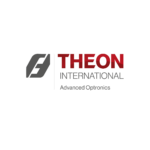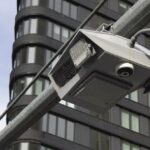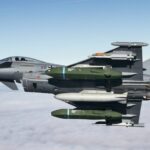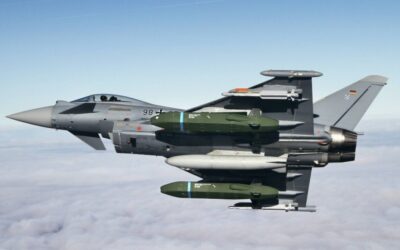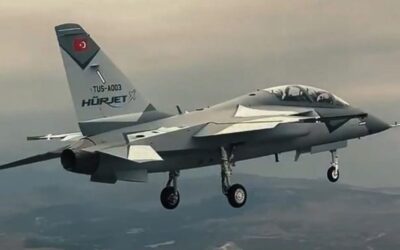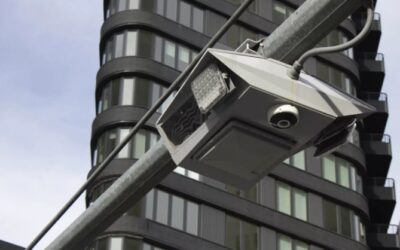The Bundeswehr and TAURUS Systems GmbH (a joint venture between MBDA and SAAB) have signed a contract for the maintenance and…
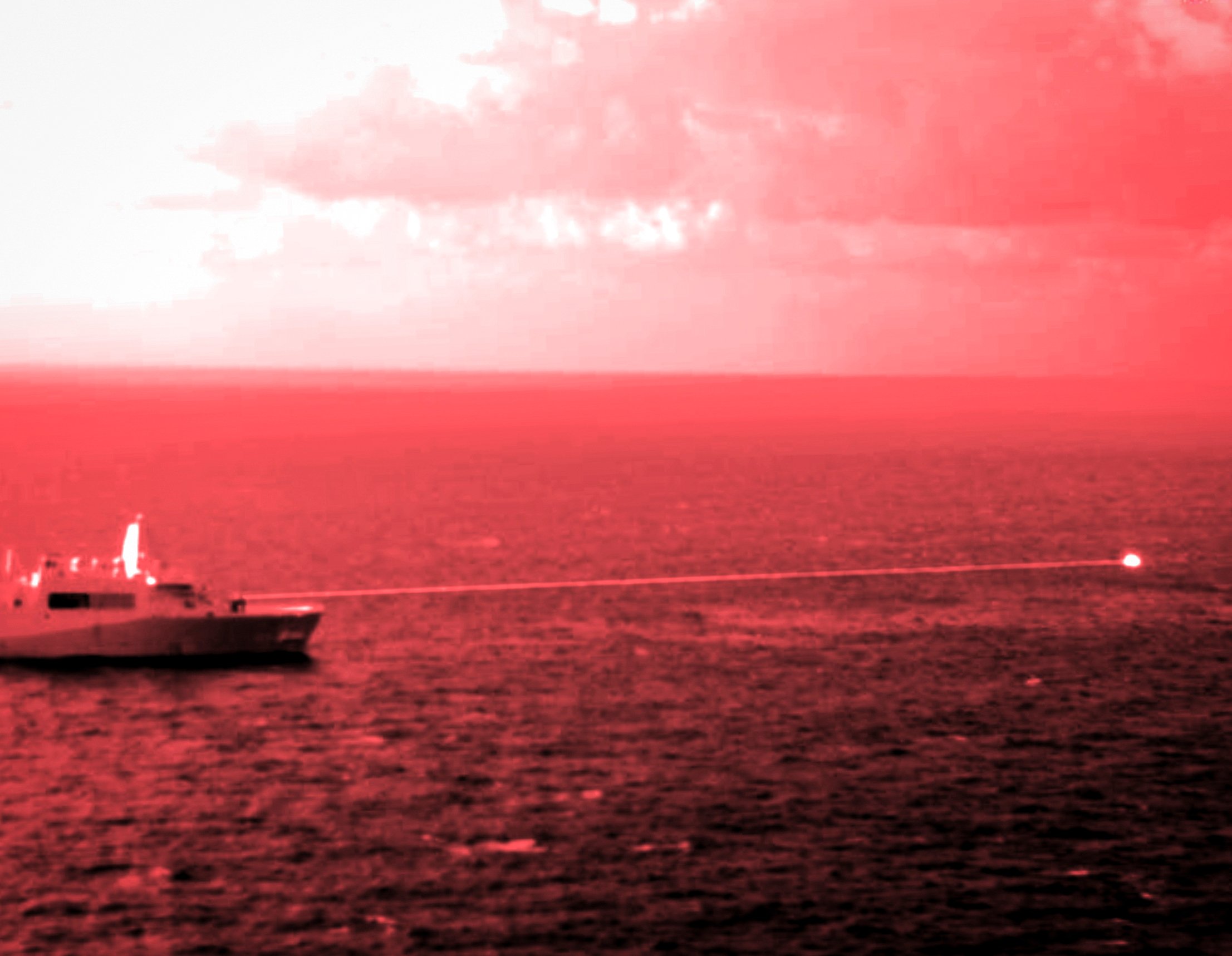
The US Navy plans to mount a high-powered microwave (HPM) prototype system on one of its combat vessels in 2026.
The system will come from the US Navy’s Project METEOR, which is developing a directed energy weapon system prototype that the service plans to integrate on warships in 2026.
The METEOR will provide firing capability with low cost-per-shot, tactically significant range, short time engagement for multi-target approach, dual deception (decoys), and defeat capability.

The U.S. Navy is developing high-powered microwave technology in a new program called Project METEOR. https://t.co/M3gRjQdpLR
— National Interest (@TheNatlInterest) April 3, 2024
This system will be the US Navy’s first high-powered microwave, a type of directed energy weapon system that the Army, Navy, and Air Force are exploring to counter cheap unmanned aerial systems.
Unlike other directed energy systems the Navy uses, the METEOR prototype will use a different kill mechanism to disable targets. Instead of a focused beam of light, HPM systems use microwave energy to inflict damage to electronics inside targets.
The US Navy believes that this mechanism will be useful in defeating Anti-Ship Ballistic Missiles (ASBM) like the ones fielded by China’s People’s Liberation Army Rocket Force.
Also read: BAE Systems | Delivery of next-generation digital IFF systems for the US Navy
The US Navy has a similarly-named, yet separately-funded, HPM project also called “METEOR” that is focused on accelerating technology development to address this ASBM issue in the Pacific.
HPM systems will also have utility in other operational theatres, like the Red Sea and the Indian Ocean, where Houthis have fired hundreds of unmanned aerial systems and anti-ship cruise missiles at ships to disrupt global trade.
Next year, the US Navy will conduct a series of functionality tests on various subsystems matured under past programs before integrating them into what it refers to as the High Power Microwave Test Bed.
During this period, the Navy will also start implementing design changes to the prototype hardware to prepare it for ship integration. This will include electromagnetic interference measurements, which are carried out to find a suitable topside location (like on the top of the vessel’s mast) where the system won’t negatively interfere with the ship’s sensors or other systems.
Following the completion of these tests, the US Navy will begin open-air testing of the prototype system against surrogate targets at the Point Mugu Sea Range.
Also read: Epirus | Leonidas C-UAS system showcased at AUSA 2023
*Photo: US Navy
READ MORE
Turkey – Spain | Memorandum of Cooperation for the Development of Turkish Hurjet Training Aircraft
Turkey and Spain have signed a Memorandum of Understanding (MoU) to develop Turkish-made Hurjet trainer-light fighter aircraft.
Northrop Grumman | Winner of the US Navy’s Next E-130J Aircraft Development Program
Northrop Grumman won the $3.5 billion contract for the US Navy’s E-130J nuclear command, control, and communications (NC3)…
Losses for North Korea in Ukraine | 1,100 soldiers have been killed or wounded
North Korea’s losses in the Russia-Ukraine war are heavy, as more than 1,000 North Korean soldiers have been killed or injured…
THEON INTERNATIONAL | Projection for continued growth for the financial year 2025 with a high margin for profitability
THEON INTERNATIONAL PLC (THEON) has announced its projections for the financial year 2025. Revenue is expected to…
Greece | PDPA’s “yes” to Placing Police Cameras on the Streets
The Personal Data Protection Authority gave the green light to the Hellenic Police’s placement of cameras on the streets to prevent and…
MBDA | Modernising TAURUS Missiles for the Bundeswehr
The Bundeswehr and TAURUS Systems GmbH (a joint venture between MBDA and SAAB) have signed a contract for the maintenance and…
Syria | New Minister of Defence Murhaf Abu Kasra
Syria’s new leaders have appointed Murhaf Abu Kasra, a prominent figure among rebels who ousted Bashar al-Assad, as…
Turkey – Spain | Memorandum of Cooperation for the Development of Turkish Hurjet Training Aircraft
Turkey and Spain have signed a Memorandum of Understanding (MoU) to develop Turkish-made Hurjet trainer-light fighter aircraft.









